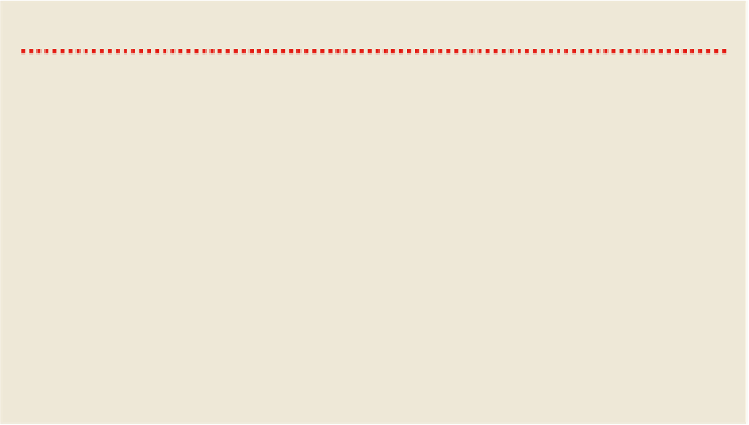Travel Reference
In-Depth Information
To get to the springs, take a bus or drive to the town of Caldera (the turnoff to Caldera
is 13km south of Boquete). From where the bus drops you off, continue to the end of
town; here you'll see a sign indicating the turnoff to the springs. You'll turn right along
this rugged dirt road, accessible by 4WD only. If you're walking it's about one hour from
here. Continue along the road until you reach a suspension bridge. Cross it, and take the
first left leading up the hill. After 100m, you'll see a gate that marks the entrance to the
property.
If you're driving, don't leave anything in the car as there have been reports of break-
ins here. If you get overheated in the springs, the pleasant Río Caldera is just a stone's
throw away, and is a pleasant spot to cool off. Hourly buses run from both David and Bo-
quete (both US$2, 45 minutes) to the town of Caldera.
HIGHLANDS
The highland rainforests are the heart of Chiriquí Province - from the rugged mountains
of Parque Internacional La Amistad to the misty hills of Boquete, this is the only spot in
Panama where you might need a sweater. While Panamanians relish the chill, you'll ap-
preciate locals' laid-back hospitality and the astounding natural beauty throughout the re-
gion.
THE NGÖBE-BUGLÉ
The Ngöbe-Buglé are composed of two separate ethnolinguistic categories, the
Ngöbe and the Buglé, though the distinction is minor, and both are commonly re-
ferred to in conjunction with one another. As Panama's largest indigenous popula-
tion, the Ngöbe-Buglé number close to 200,000. Like the Kuna, they retain their
own autonomous region with its own system of governance and economy while
maintaining their language, representation in the Panamanian legislature and full
voting rights.
The Ngöbe-Buglé are largely confined to the Chiriquí highlands, and predomin-
antly survive on subsistence agriculture, much like their pre-colonial ancestors.
Their social structure is based on a system of small villages comprisingchozas
(thatched huts) with dirt floors. In the villages, men practice slash-and-burn agri-
culture in order to produce staple crops such as plantains, bananas, corn, cassava
and rice. During the coffee-harvest season, many of the younger men work as
laborers in the fields around Boquete, which generates a significant amount of in-
come for the village.

